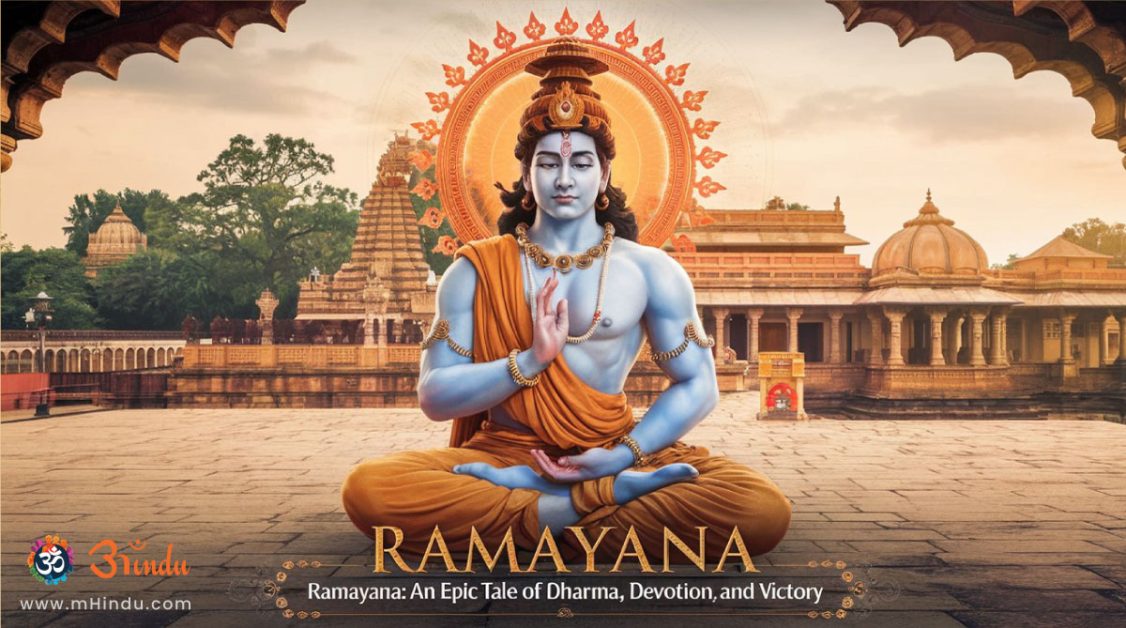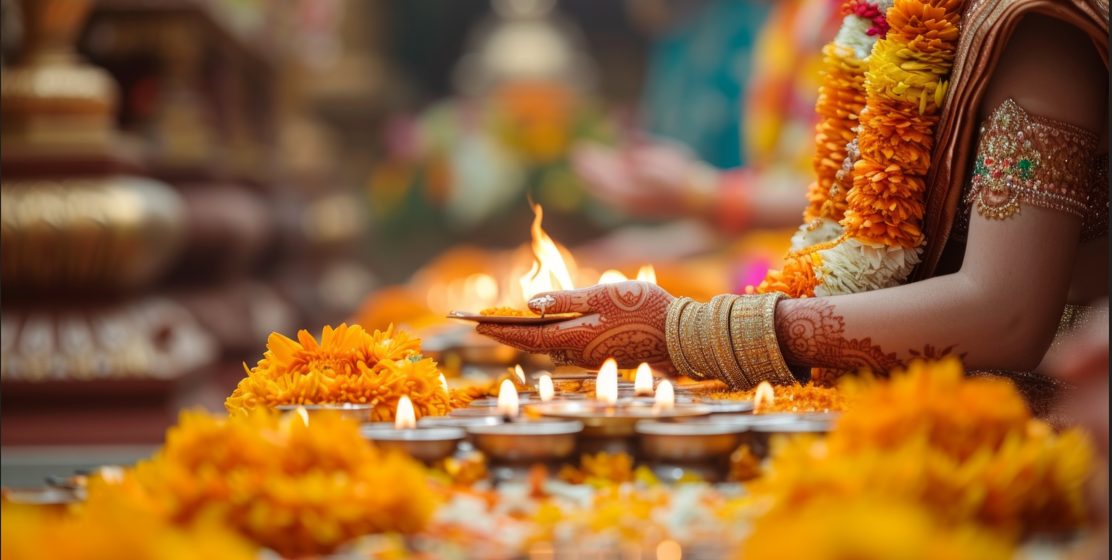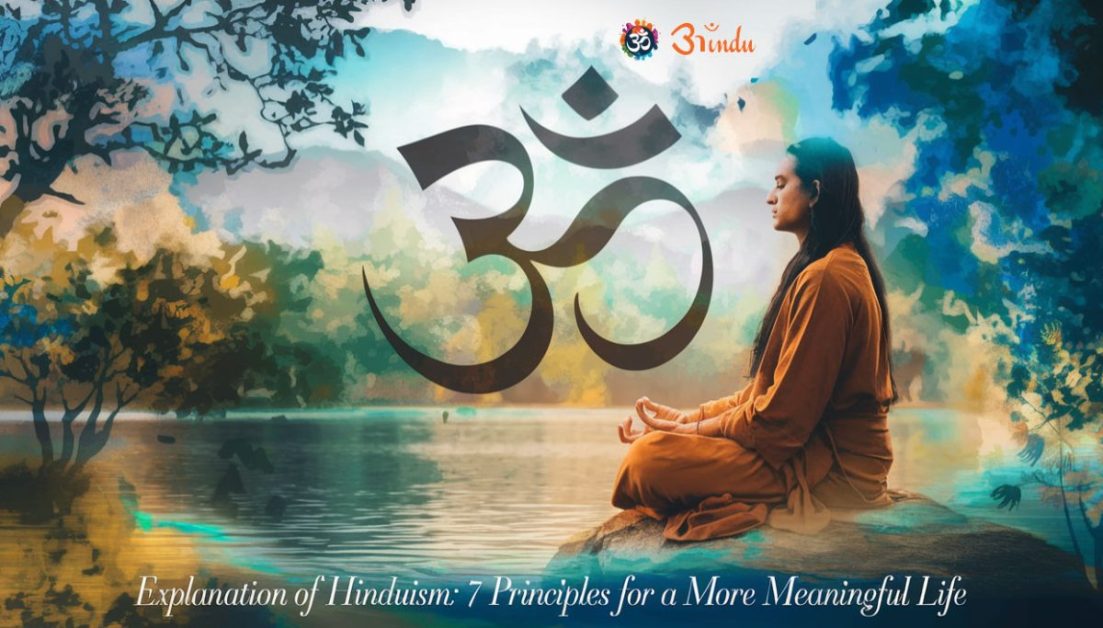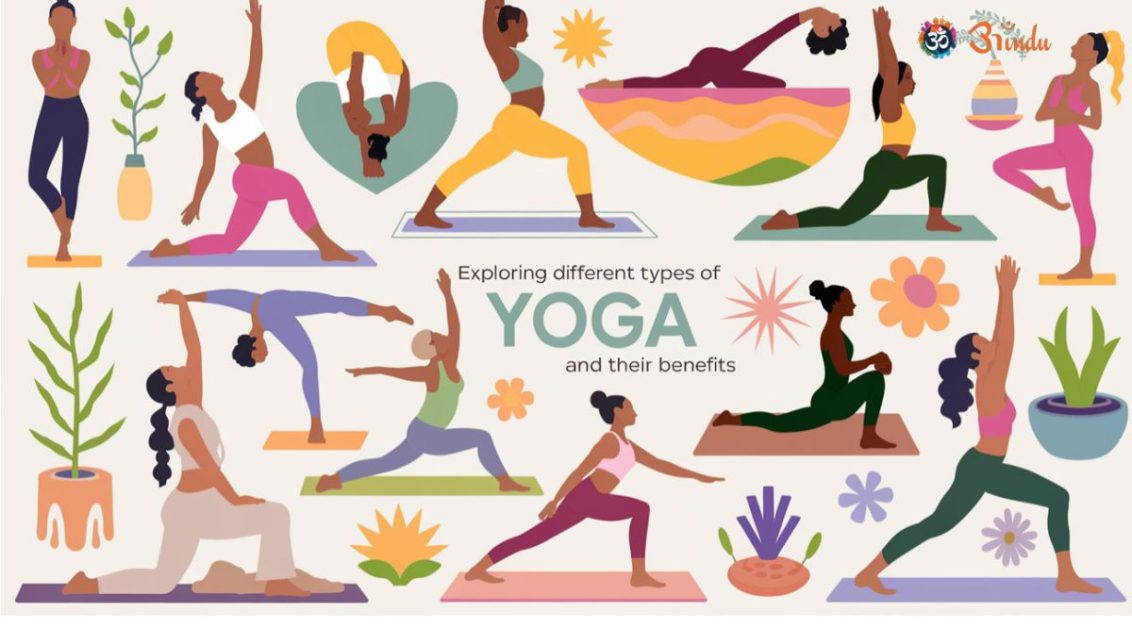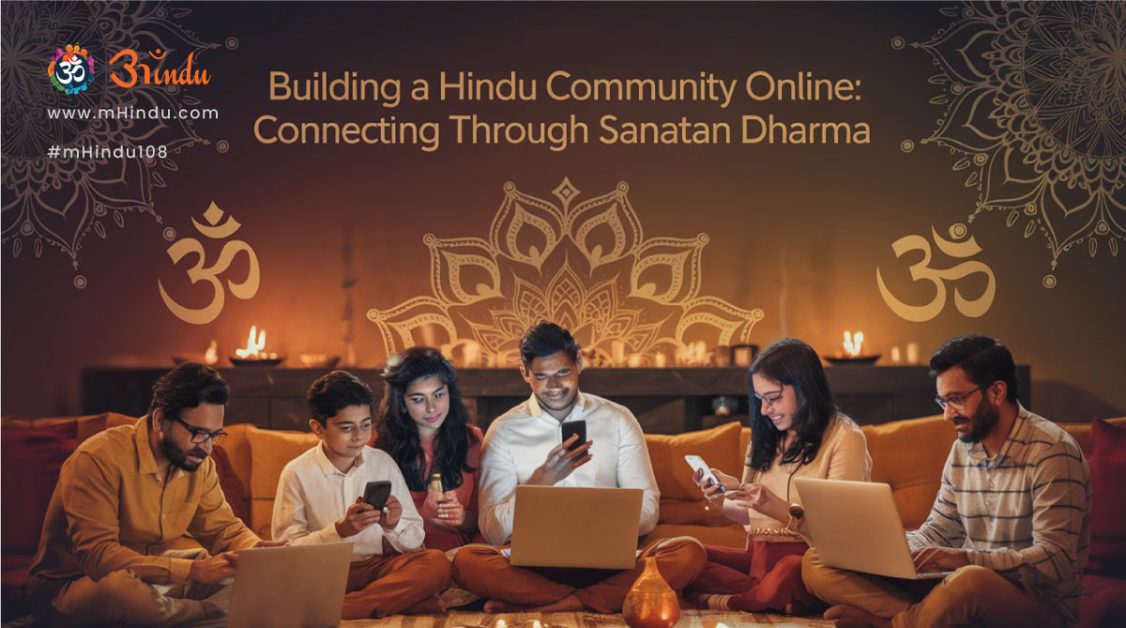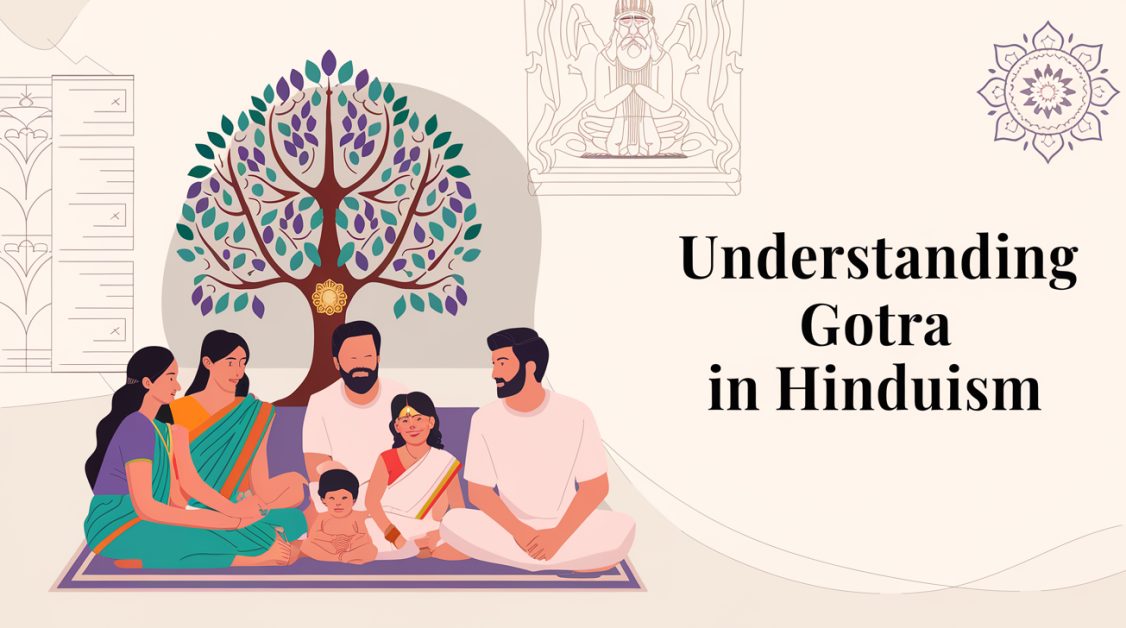
Within the rich tapestry of Hindu tradition, the concept of Gotra in Hinduism holds a place of significant importance, deeply woven into the fabric of lineage, marriage, and ancestral connection. This system, passed down through generations, serves as a vital link to our past, shaping our present and influencing our future. This blog post will delve into the meaning, significance, and intricacies of the Gotra system, exploring its role in Hindu culture and its enduring relevance in the modern world.
Explore Blog Content
ToggleWhat is Gotra?
The word “Gotra” originates from Sanskrit, meaning “cow pen” or “cattle shed.” While the literal translation might seem mundane, its symbolic meaning within Hinduism is profound. It represents the ancestral lineage of an individual, tracing back to a common male ancestor, typically a revered sage or a prominent figure in Hindu mythology. Understanding Gotra in Hinduism is crucial for grasping one’s connection to their roots. It’s more than just a name; it’s a marker of shared heritage and a bond that unites families across generations.
There are over 49 main Gotras in Hinduism, and each Gotra has its own set of sub-Gotras. The concept of Gotra is not limited to Hinduism; it is also found in Jainism and Buddhism.
The Significance of Gotra in Hinduism
The Gotra system plays a crucial role in various aspects of Hindu life, particularly in the context of marriage. Traditionally, marriage within the same Gotra is prohibited, as it is considered to be akin to incest. This practice is rooted in the belief that individuals belonging to the same Gotra share a common bloodline and are therefore closely related. This prohibition aims to prevent consanguineous marriages and maintain the purity of the ancestral lineage. Beyond marriage, Gotra also plays a role in determining family relationships and is often invoked during ancestral worship rituals, connecting individuals to their forefathers. The Gotra meaning extends beyond just biological connection; it signifies a shared cultural and spiritual heritage.
The Origins of the Gotra System
The Gotra system is believed to have originated from the seven great sages (Saptarishis) – Bhrigu, Atri, Vashistha, Vishwamitra, Jamadagni, Bharadvaja, and Kashyapa. Each of these sages is considered the founder of a particular Gotra, and all Hindus are believed to be descendants of one of these Rishis. Over time, these primary Gotras branched out into numerous sub-Gotras, further diversifying the system.
Exploring the Diversity of Gotras
While the seven Rishis are considered the primary Gotra progenitors, the actual number of Gotras is far greater. Various texts mention different numbers, ranging from 49 to several hundred. This diversity reflects the evolution of the Gotra system over centuries, with new Gotras emerging through various processes, such as adoption, migration, and the rise of new lineages. Understanding the nuances of the Gotra system requires delving into the specificities of these various Gotras and their interconnectedness.
Gotra and Marriage: A Sacred Bond
As mentioned earlier, the prohibition of marriage within the same Gotra is a cornerstone of Hindu marital traditions. This practice is not merely a social custom; it is deeply rooted in religious and cultural beliefs. It is believed that marrying within the same Gotra can lead to genetic abnormalities and weaken the lineage. Moreover, it is seen as a violation of the respect due to close relatives. The Gotra meaning in the context of marriage underscores the importance of maintaining the purity and strength of the family lineage.
Gotra and Family Relationships: A Tapestry of Connections
Gotra plays a significant role in defining family relationships within the Hindu community. Individuals belonging to the same Gotra are considered to be related, even if they are not directly connected through blood ties. This creates a sense of community and belonging, fostering strong bonds between families. The Gotra system serves as a framework for understanding and navigating complex family relationships, ensuring harmony and respect within the community.
There are over 49 main Gotras in Hinduism, and each Gotra has its own set of sub-Gotras. The concept of Gotra is not limited to Hinduism; it is also found in Jainism and Buddhism.
Gotra in Modern Times: Adapting to Change
In today’s rapidly changing world, the Gotra system, like many other traditional practices, is facing new challenges. With increasing urbanization, inter-caste marriages, and a greater emphasis on individual choice, the traditional rules regarding Gotra and marriage are sometimes relaxed or reinterpreted. However, the underlying principles of respecting lineage and avoiding close consanguineous relationships remain relevant. The Gotra in Hinduism continues to evolve, adapting to the changing social landscape while preserving its core values.
Gotra and Ancestral Worship: Honoring Our Forefathers
Gotra plays an important role in ancestral worship rituals, known as Pitra Puja. During these rituals, individuals invoke the names of their ancestors, tracing their lineage back to their respective Gotras. This practice strengthens the connection between the living and the departed, ensuring the continuity of the family lineage and seeking the blessings of the ancestors. The Gotra meaning in this context highlights the importance of honoring our forefathers and acknowledging their contribution to our lives.
Gotra and Regional Variations: A Mosaic of Traditions
While the basic principles of the Gotra system are common across Hinduism, there are regional variations in its application and interpretation. Different communities may have their own specific rules and customs related to Gotra, marriage, and other rituals. These regional variations add to the rich diversity of Hindu traditions and highlight the adaptability of the Gotra system to different cultural contexts.
The Future of Gotra: Preserving Our Heritage
The Gotra system, despite facing some challenges in the modern era, continues to be an important part of Hindu culture. It serves as a reminder of our ancestral roots and connects us to our past. By understanding the Gotra in Hinduism, we can gain a deeper appreciation for our heritage and its significance in our lives. It is crucial to preserve this valuable tradition while also adapting it to the changing needs of our society.
Summary
In this exploration of the concept of Gotra in Hinduism, we have journeyed through its meaning, significance, origins, and relevance in various aspects of Hindu life, including marriage, family relationships, ancestral worship, and regional variations. We have seen how the Gotra system, though facing challenges in modern times, continues to play a vital role in connecting individuals to their ancestral roots and shaping their sense of identity within the Hindu community. By understanding the intricacies of the Gotra system, we can appreciate its enduring value and ensure its preservation for future generations. It’s crucial to acknowledge the importance of Gotra in Hinduism and its continuing relevance in the lives of Hindus worldwide.
FAQs
- What is the primary purpose of Gotra in Hinduism?
The primary purpose of Gotra in Hinduism is to identify an individual’s ancestral lineage, tracing it back to a common male ancestor, usually a sage or a prominent figure in Hindu mythology. It plays a crucial role in determining marriage eligibility and establishing family relationships. - Why is marriage within the same Gotra prohibited?
Marriage within the same Gotra is generally prohibited because it is believed that individuals belonging to the same Gotra share a common bloodline and are therefore closely related. This prohibition aims to prevent consanguineous marriages and maintain the purity of the ancestral lineage. - How many Gotras are there in Hinduism?
While the seven Rishis are considered the primary Gotra progenitors, the actual number of Gotras is far greater, ranging from 49 to several hundred. This diversity reflects the evolution of the Gotra system over centuries. - What is the connection between Gotra and ancestral worship?
Gotra plays an important role in ancestral worship rituals. During these rituals, individuals invoke the names of their ancestors, tracing their lineage back to their respective Gotras. This practice strengthens the connection between the living and the departed. - How is Gotra determined?
Gotra is typically determined patrilineally, meaning it is passed down from father to son. In some cases, Gotra can also be determined through adoption or other specific circumstances. - Are there any exceptions to the rule of marrying within the same Gotra?
While the prohibition of marriage within the same Gotra is a general rule, there might be exceptions in certain communities or under specific circumstances. It’s always best to consult with religious authorities for guidance. - How does Gotra affect family relationships?
Individuals belonging to the same Gotra are considered to be related, even if they are not directly connected through blood ties. This creates a sense of community and belonging, fostering strong bonds between families. - Is the Gotra system still relevant in modern times?
While the Gotra system might face some challenges in the modern era, it continues to be an important part of Hindu culture. It serves as a reminder of our ancestral roots and connects us to our past.

